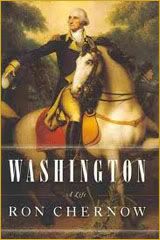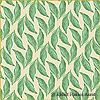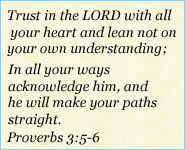Chamber of Light
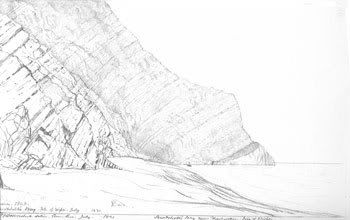 |
By JFW Herschel 1831
Camera lucida n. pl. camera lu·ci·das. a) An optical device that projects an image of an object onto a plane surface, especially for tracing. b) Light Chamber [Latin camera, chamber + Latin lucida, feminine of lucidus, light.]
The camera lucida was an optical instrument invented by William Wollaston in 1807 as a drawing device, and a more portable version of the camera obscura. There is no “chamber’ involved in the camera lucida, rather a prism attached on a stand which reflects the desired image onto a piece of paper or some flat surface. This device became a common instrument for artists and scientists, draftsmen and architects, and even for microscopic drawings.
Henry Fox Talbot, was inspired (and frustrated) by it, which led him to invent photography.
This optical device allowed John Herschel, a renowned scientist and also a pioneer in photography, to leave behind a legacy of "Tracings of Light" which he made during his travel expeditions. He was on of the most enthusiastic user of this device.
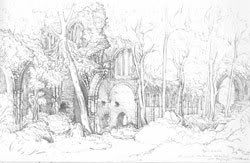 |
By JWF Herschel 1832,
Camera lucida became Herschel's portable merger of Art and Science, Nature and Knowledge, Truth and Beauty.
The whole world became his to reveal with his chamber of light.

